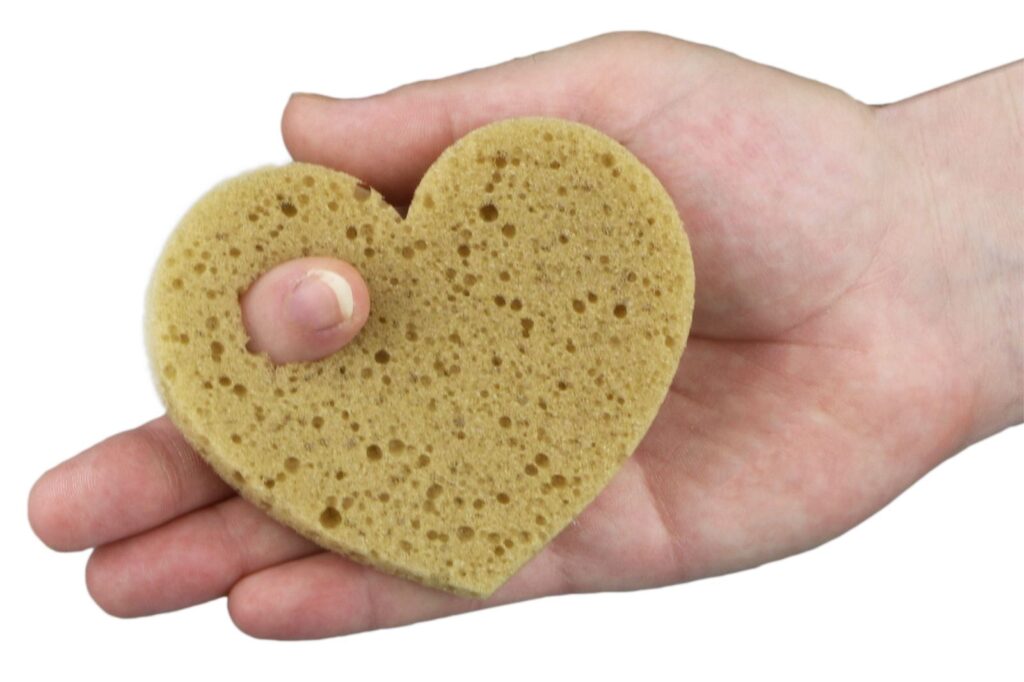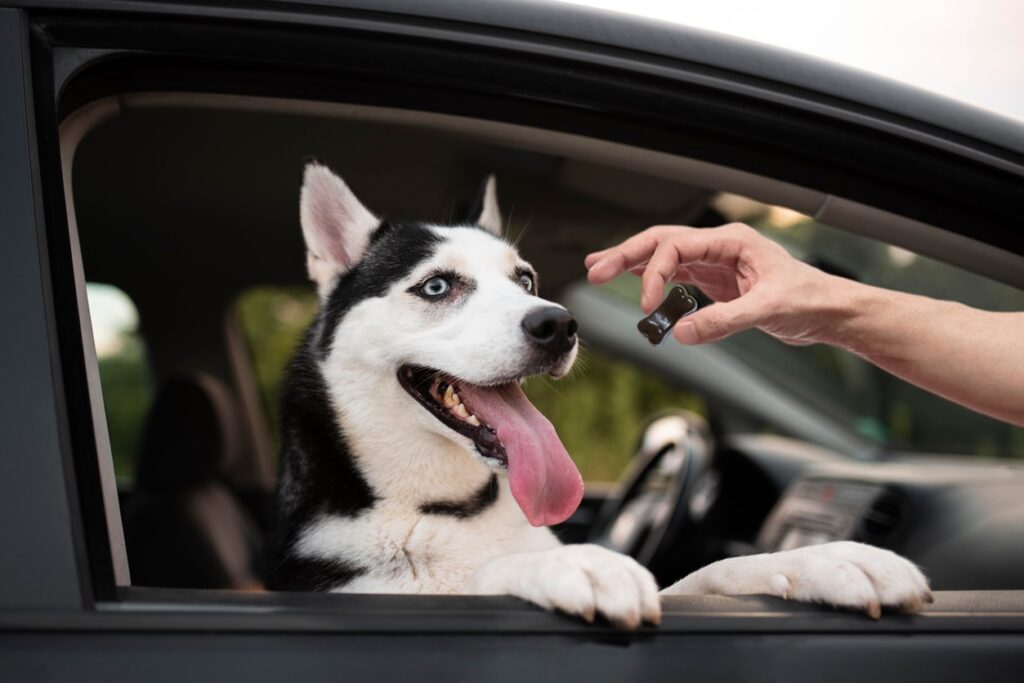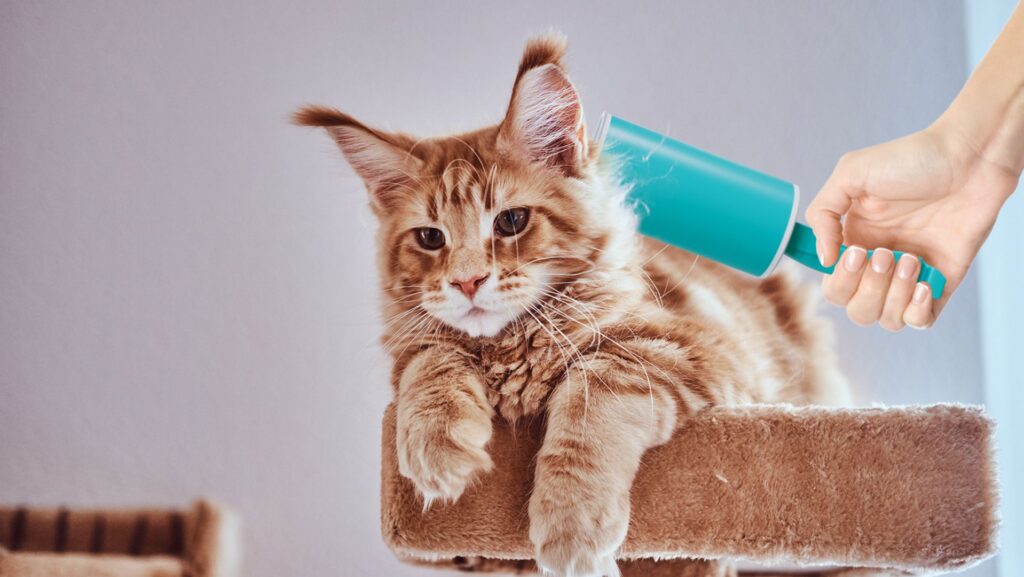It matters little whether he walks in the street or in the meadow, when it is sunny or when the weather is terrible: a dog’s paws rest on dirt and cleaning them is essential. It must be done as a matter of hygiene, of course, for everyone in the house. But it must also be done for the dog itself, as its paws could be damaged.
Dog paws: why they are important
They are not just a support: the dog’s paws also perform a very important thermoregulatory function.
In fact, the paw has small pads, i.e., small shock absorbers that protect the dog’s bones and joints (instead, the metacarpal pad acts as a ‘brake’). It is within the pads that the sweat glands are located, indispensable for regulating the dog’s body temperature by expelling excess water. The adipose tissue membrane surrounding the pads also protects the paw from extreme temperatures.
Thanks to the pads, dogs can cool themselves on hot days, and can walk on even the roughest surfaces without fear of injury.
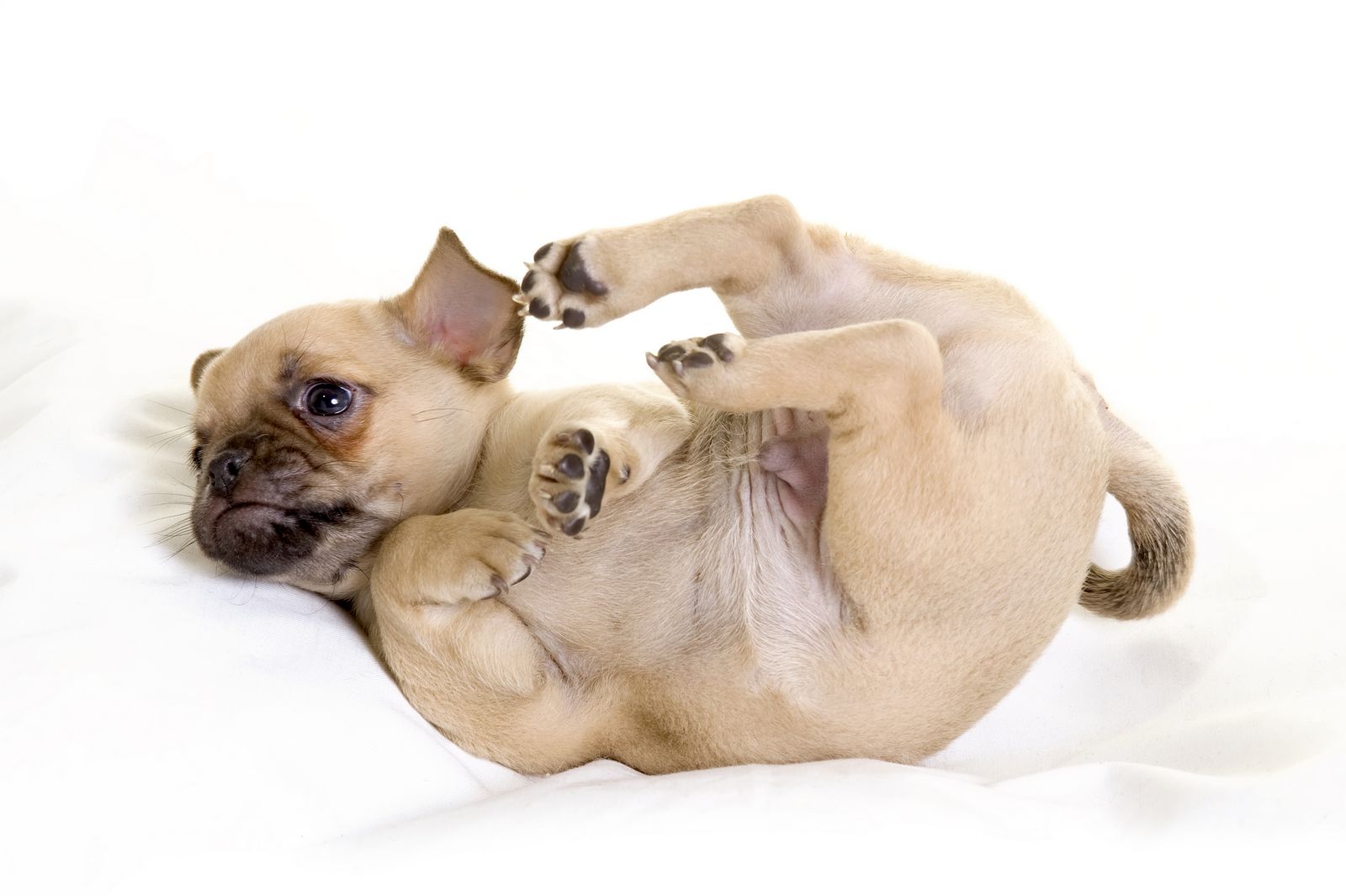
What can ruin a dog’s paws?
The dog’s paws require a certain amount of attention so that they continue to perform their function: they must therefore be checked regularly to ensure that they are not damaged.
What can ruin a dog’s paws?
- allergies, which cause the dog to lick its paws
- excessive heat: when temperatures are very high, it is best to avoid walking the dog on hot asphalt
- snow, cold and ice, potentially harmful to paws and pads
- stones, branches and sharp objects, as they could cause injury: it is very important to be careful, especially when walking in the forest or in the mountains
- if your dog has walking difficulties, it is likely to drag its paw, ruining it: to avoid this, you can use braces, sciatic nerve correctors and other tools designed for dogs with motor problems
- long hair, as it may cause dermatitis between the fingertips
- lack of hydration of the fingertip, a probable cause of injury
How to clean dog paws?
To clean your dog’s paws after a walk, you need a dry towel, damp clothes and a soft-bristled brush. The steps are as follows:
- spread the dry towel on the floor, immediately upon entering the house
- brush the dog both on the body and on the paws and pads
- wipe the paws with the damp cloth, making sure to remove all dirt, especially from the nails
- if the ground was damp or wet, and the dog is dirty with mud, add a little dog shampoo to the water, wipe the cloth, and dry the coat thoroughly
- use an additional damp cloth for the private parts only, and one for the muzzle
Two equally useful products for cleaning the dog’s paws are wet wipes and the PawClean spray solution made of water, oxygen peroxide, glycerine, camomile and calendula.
The latter is perfect for sanitising and cleaning the paws of dogs and cats. It is easy to use, does not require rinsing, and is used without water. It is also suitable for frequent use because it soothes the skin in case of burns and itching. Ideal also for puppies and suggested for daily use, it is sold with a practical heart-shaped sponge explicitly designed for the skin of dogs’ fingertips. Moreover, thanks to the absence of alcohol, it does not irritate or dry out the pads’ skin.
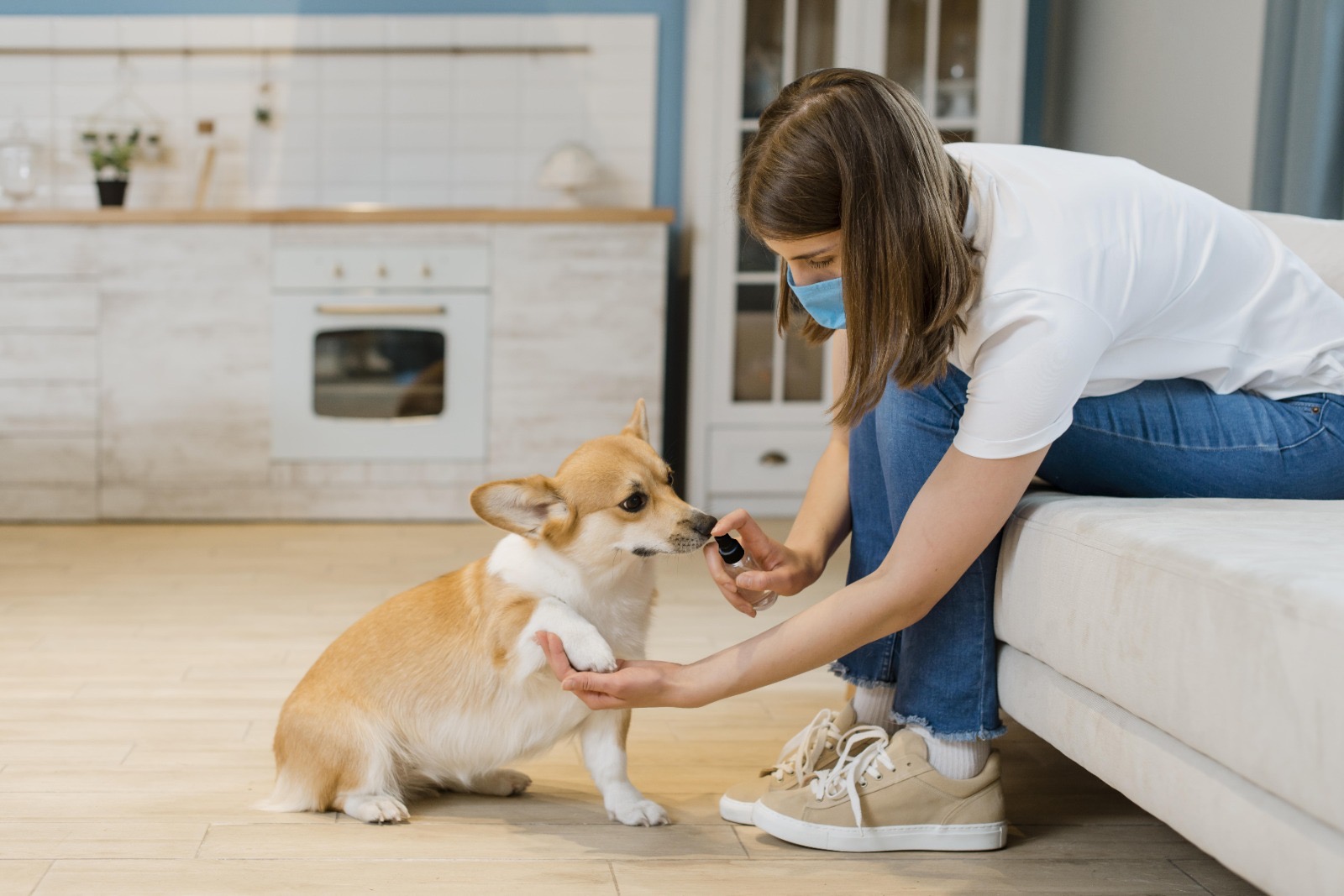
How often do you clean your dog’s paws?
The dog’s paws must be cleaned after every walk, limited to using water or products specifically for animals. Bleach is forbidden: it can damage the skin and hurt the dog very badly if it licks it.
How to protect your dog’s paws in summer
To protect your dog in summer, it is essential to follow a few rules:
- only walk the dog during cooler hours, early in the morning or in the evening
- prefer walking on grass, preferably in shady areas
- moisturises the dog’s paws to prevent injuries such as cuts, cracks or flaking
- use our sun cream: Solar is the first and only sun cream for dogs and cats with SPF50 and is particularly suitable for ears, nose and pads
- consider buying dog shoes, with rubber soles, but make sure your four-legged friend can stand them and has no difficulty using them
- as an alternative to shoes, you can use dog socks in an emergency, e.g. when you have to walk him on a short stretch of asphalt on a hot day
- make sure to check his pads daily for signs of damage, and clean his paws frequently: if you notice an injury or if you see that the dog is walking strangely, go to the vet
How to protect your dog’s paws in winter
As during the summer, it is also necessary in winter to protect the dog’s paws. How? Here are the rules to follow:
- regularly clean the dog’s paws, removing all remnants of ice, salt and dirt
- take short walks: dogs left in the cold for long periods of time are at risk of hypothermia and frostbite
- moisturise the paws with a store-bought dog balm (usually Vitamin E-based products) or make your own with olive oil, shea butter, beeswax and calendula oil (several tutorials for making this can be found online)
- buy dog boots, making sure, as with shoes, that your puppy gets used to them
- regularly check the dog’s paws for injuries and pay attention to any signs of discomfort

Mugue Marketing Manager.
I love new ideas and continually looking for new communication strategies to never stop learning, after all, “If you’re a good marketing person, you have to be a little crazy.” (Jim Metcalf).

